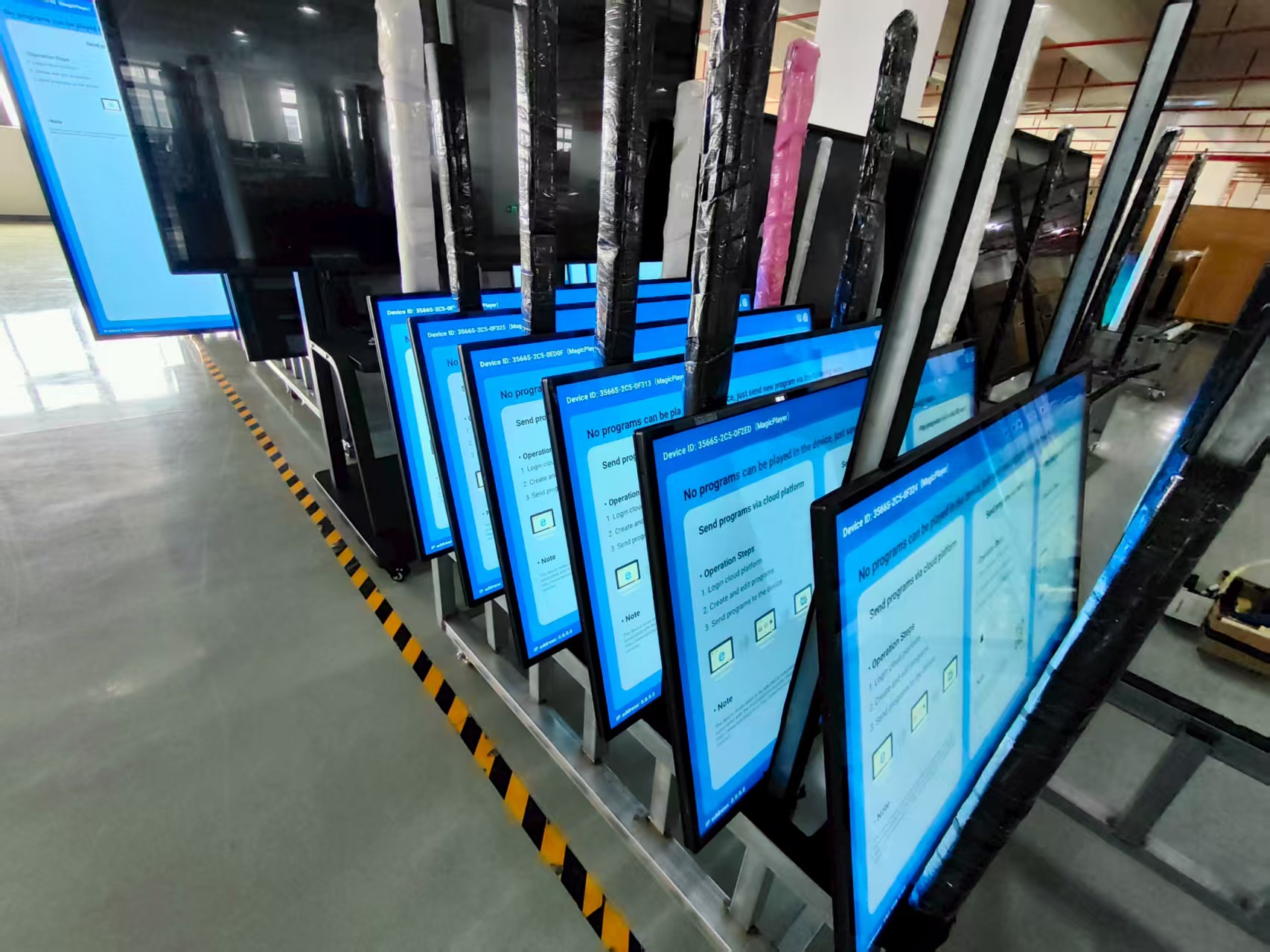An Introduction to Touchscreen Displays
A touchscreen display is an integrated input and output device that allows users to interact directly with what is shown on the screen by using touch gestures. This technology has revolutionized how we interface with electronic devices, making them more intuitive, accessible, and efficient.
At its core, a touchscreen consists of a display panel (like LCD or OLED) and a transparent touchscreen display overlay that detects the presence and location of a touch within the display area. This input is then processed and translated into commands by the device’s operating system.
Several key technologies enable this functionality:
Resistive Touchscreens: Composed of two flexible, transparent layers separated by a small gap. When pressed, the layers make contact, and the point is calculated. They are cost-effective and can be used with any stylus or glove but offer lower clarity and multi-touch capability.
Capacitive Touchscreens: The most common type in modern smartphones and tablets. They feature a glass panel coated with a transparent conductor. They work by detecting the distortion in the screen's electrostatic field caused by a conductive object, like a human finger. They provide excellent clarity, multi-touch support, and high durability but typically do not work with standard gloves or passive styluses.
Other Technologies: Other types include Infrared (IR) grids and Surface Acoustic Wave (SAW) systems, often used in larger displays or specialized applications like kiosks.
The advantages of touchscreens are profound. They eliminate the need for separate input devices like keyboards and mice, leading to more compact and portable product designs. The direct, visual-based interaction lowers the learning curve, making technology accessible to a wider range of users. Furthermore, they enable complex multi-finger gestures (like pinch-to-zoom and swipe) that have become fundamental to modern user experience (UX) design.
Today, touchscreen technology is ubiquitous. It is the cornerstone of smartphones, tablets, and an increasing number of laptops. Its applications extend far beyond personal devices, powering interactive kiosks, point-of-sale (POS) systems in retail, industrial control panels, automotive infotainment systems, and digital whiteboards for education and collaboration.
In conclusion, the touchscreen display is a transformative technology that has redefined human-computer interaction. By combining input and output into a single, intuitive interface, it has enabled the creation of the sleek, powerful, and user-friendly devices that are essential to our personal and professional lives.

